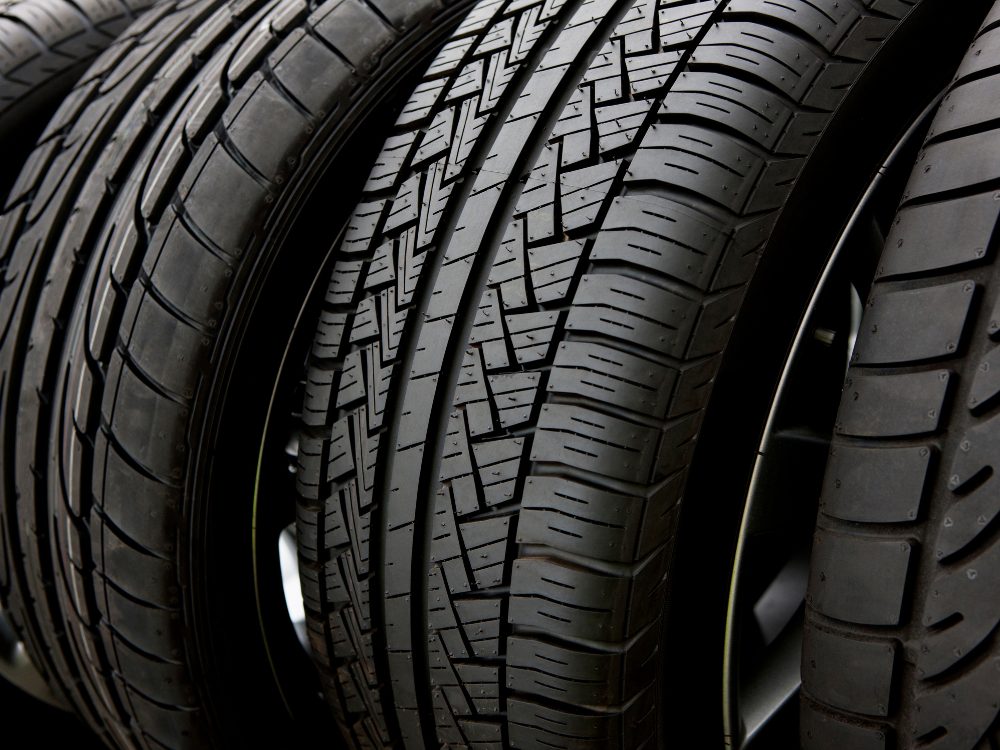
Reading Your Car Tyres
This is a collaborative post
Did you know that your car tyres are packed with information that you can read as easily as you are reading this article, if only you knew how to interpret the symbols and codes that you see? It’s quite true! Here is how you can talk assuredly about the maximum weight your car can bear, how fast the tyres are permitted to be driven and even the construction style of the tyres!
Looking at your car’s sidewall will show you a string of letters and numbers, something like this fictional and quite improbable tyre: 135/50R 16 90 Z. Believe it or not, this tells you a lot about your tyre. Let’s break it down.
Width and Aspect Ratio
The 135/50 refers to the width of your tyres: 135mm. It is always 3 digits, and always refers to millimetres. The slash shows the division between the two numbers, while also indicating their reliance upon one another. The second set of number, always two digits because it is an expression of a percentage, shows the height of the sidewall: in this case half as high as the tyre width, or 67.5mm. In theory you could have 100 in this space, to indicate that the tyre’s sidewall is as tall as the tyre is wide, but this is unlikely as the lower the aspect ratio, the better performance the tyre will offer.

R or B or D or Nothing at All!
The letter following the aspect ratio indicates something about the internal construction of the tyre. R stands for radial, meaning that radial belts can be found inside this tyre, while a B would mean that bias belts were used, D that diagonal belts were used, and a lack of any marking in this point means that the tyres are most likely cross-ply tyres, a somewhat old-fashioned method of tyre construction.
Load Index
Next will come two digits, ranging from 65 to 108. These numbers refer to the weight that the tyres can support when they are inflated to a certain pressure. There is no easy way to work out what the maximum weight is from the load index number, so you will have to carry a cheat sheet, or google it each time. 65 refers to a maximum weight of 290kg; 108 allows the vehicle to carry 1,000kg, and our fictional tyre can carry a useful 600kg or so.
Speed Index
Finally, the terminal letter of the code is your speed index, indicating at what speed each tyre can safely be driven. Z (sometimes ZR) means that the car can drive at up to 149 miles per hour, but, of course, the UK roads have an upper limit of 70mph, so the police might have a strong word with you should you try to prove your tyre’s upper speed capacity!
Now you know what your tyre markings mean, you can shop for new tyres with a clear mind and light heart. Dartford Tyres offer expert tyre fitters in town. Visit them to avail their professional services.





